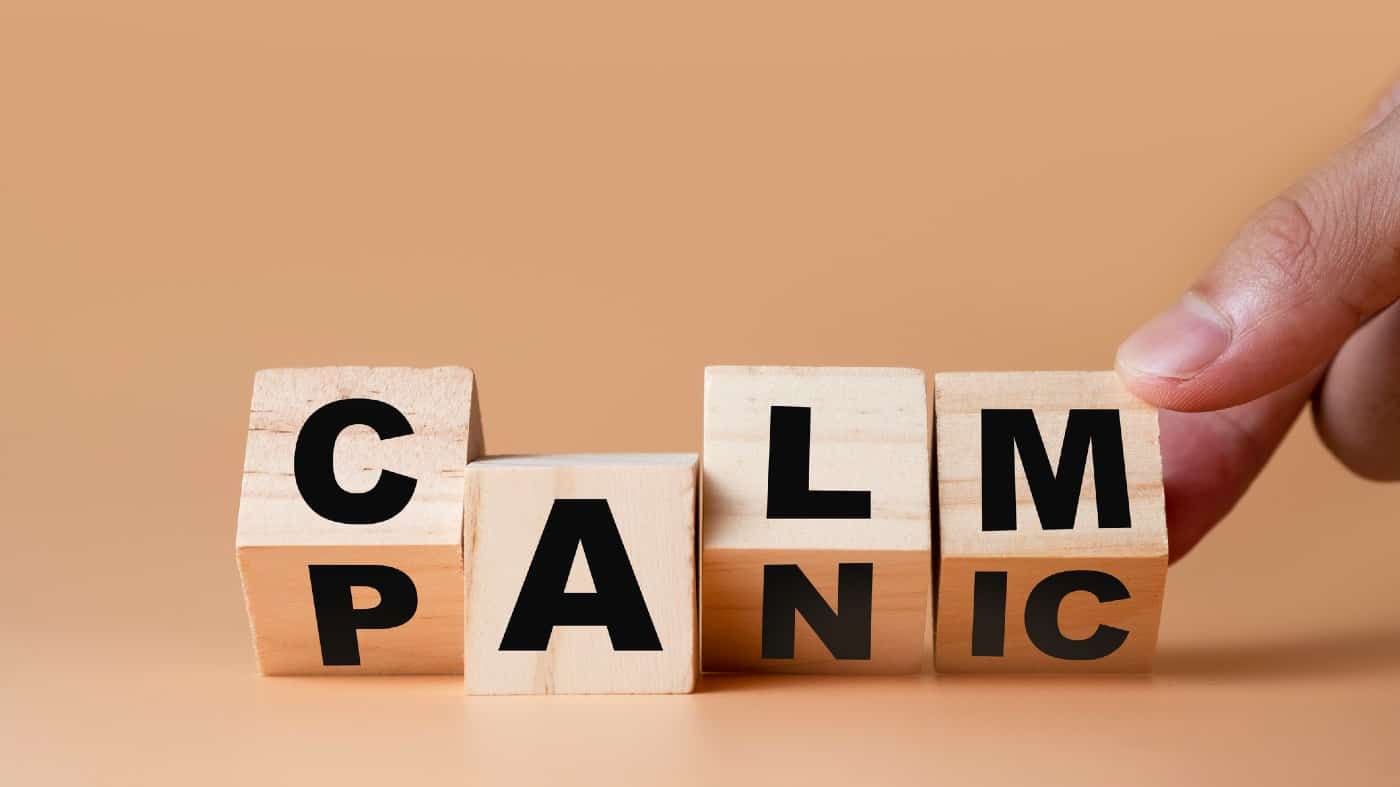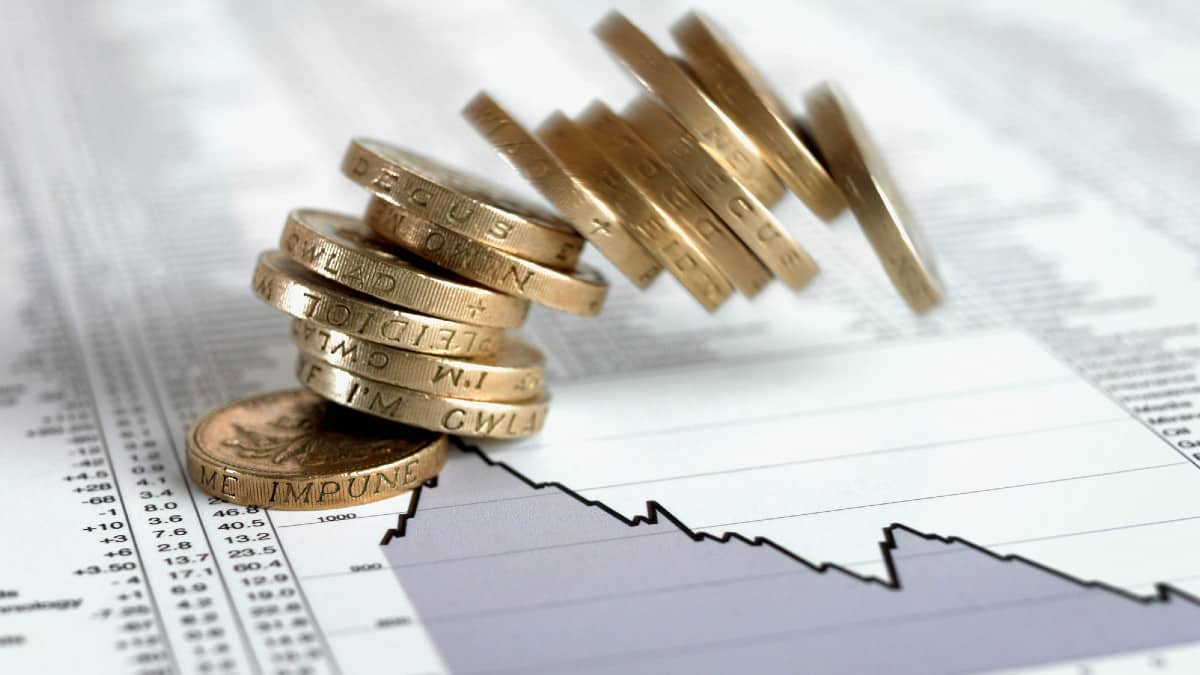Aviva (LSE: AV) shares paid a total dividend in 2023 of 33.4p. The stock generates a yield of 6.8% on the current £4.92 share price.
By contrast, the FTSE 100’s present average is 3.6%. This is less, incidentally, than the ‘risk-free rate’ (the 10-year UK government bond yield) of 3.9% right now. And shares are not risk-free.
On paper the difference between Aviva’s yield and the FTSE 100’s looks significant enough. But over time, the differences in return are even greater than that.
The difference in non-compounded returns
I started investing in shares around 35 years ago with about £9,000, so will use these numbers here.
£9,000 invested across the FTSE 100, yielding an average of 3.6%, will make £324 in dividends in the first year. So over 10 years on the same basis, the return would be £3,240, and over 35 years £11,340.
This would provide an annual passive income of £408 if the yield was still 3.6% by then. Passive income is money made from minimal effort — most notably dividends from shares, in my view.
Not bad certainly, but much more could be made from £9,000 of Aviva shares yielding 6.8%.
In the first year, the return here would be £612. Over 10 years on the same basis, it would be £6,120 and after 35 years £21,420. This would generate a yearly passive income of £1,457 if the yield remained at 6.8% at that point.
An even bigger difference with compounding
That said, if investors used the dividends to buy more shares in each of these holdings the difference in returns would be even greater.
This is known as ‘dividend compounding’ and is the same idea as leaving interest to accumulate in a bank account.
Doing this would boost the return on the broad FTSE 100 holding to £3,893 after 10 years, given the same 3.6% average yield. This would rise to £22,669 after 35 years. Adding in the initial £9,000 investment would value the holding at £31,669 by then. It would pay an annual passive income of £1,140.
By comparison, the Aviva holding at an average 6.8% yield would have generated a return of £8,731 after 10 years. After 35 years, it would have jumped to £87,593.
With the £9,000 initial stake added, the total investment would then be worth £96,593. It would pay a yearly passive income of £6,568 – nearly six times the FTSE 100’s dividend return by then.
How does the firm look going forward?
There are risks in all companies, and Aviva is no different. Its profit margins may be squeezed by intense competition in the sector. A resurgence in the cost of living might also cause customers to cancel policies.
However, consensus analysts’ estimates are that its revenue will rise 7.2% a year to end-2026. Such increases tend to power dividends higher over time.
Indeed, analysts forecast that Aviva’s dividend payments this year, next year, and in 2026 will, respectively, be 35.9p, 38.6p, and 41.4p.
These would give yields on the current share price of 7.3%, 7.8%, and 8.4%.
I already hold Aviva shares and am happy with that position. If I did not have it, I would buy the stock today for this high passive income potential.
Credit: Source link



![Just released: the 3 best growth-focused stocks to consider buying in April [PREMIUM PICKS]](https://www.fool.co.uk/wp-content/uploads/2022/10/Three.jpg)









